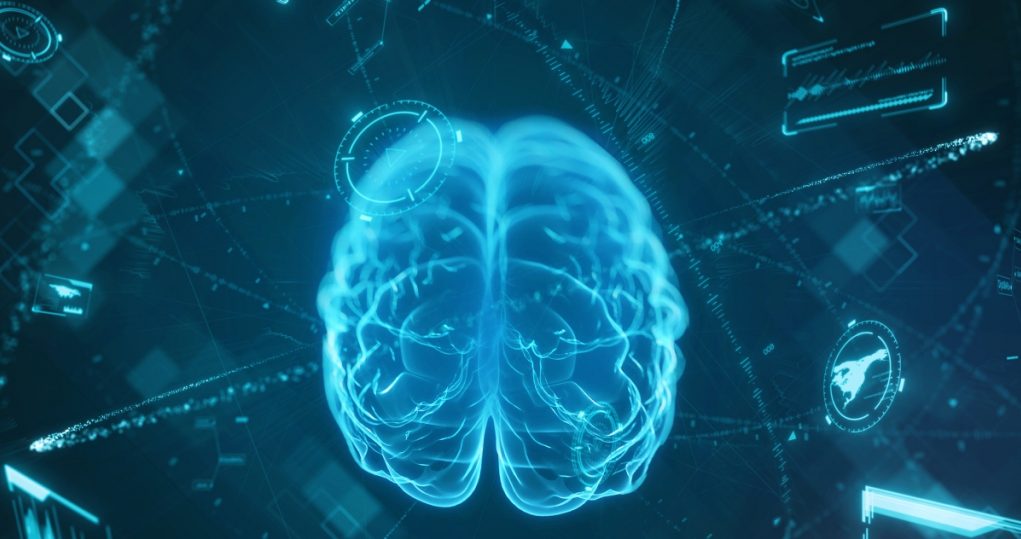Don’t miss out on the opportunity to join top executives in San Francisco on July 11-12, and learn how leaders are integrating and optimizing AI investments for success. Learn More
AI is the talk of the town. It’s everywhere, from headlines to social media to dinner conversations. While some are concerned about the rate of AI acceleration, many technology leaders are calling for a six-month pause in the training of new systems to better understand the impact of such tools. On the other hand, AI is seen as the cornerstone of the fourth industrial revolution, opening up possibilities for new ways of learning, working, and living that we have never experienced before.
Disruptive technologies are not new. They have been changing the way we live and work for decades, and these changes have not been without consequences, particularly in the form of economic dislocation and social upheaval. However, automation in manufacturing has streamlined mass production and driven down costs, e-commerce platforms have reshaped the way we shop and do business, and online education has found new ways to provide flexible and affordable ways of learning, delivering opportunities to millions across the globe that simply were not available before.
While much of the discussion around the impact of AI is based on conjecture, it is widely agreed that it will have a major impact on jobs and even has the potential to call into question the very fundamentals of what work is. What is not understood is how AI will play out across society in the longer term. Will it, like previous technological revolutions, deliver short-term disruptions followed by long-term benefits, or will it be the catalyst for new ways of learning and upskilling and help reduce the widening digital divide?
One thing is clear: Unlike in previous industrial revolutions, we now have access to a wealth of learning resources that can help teach people at scale, embolden communities that were previously excluded, and help mitigate occupational disruption.




















